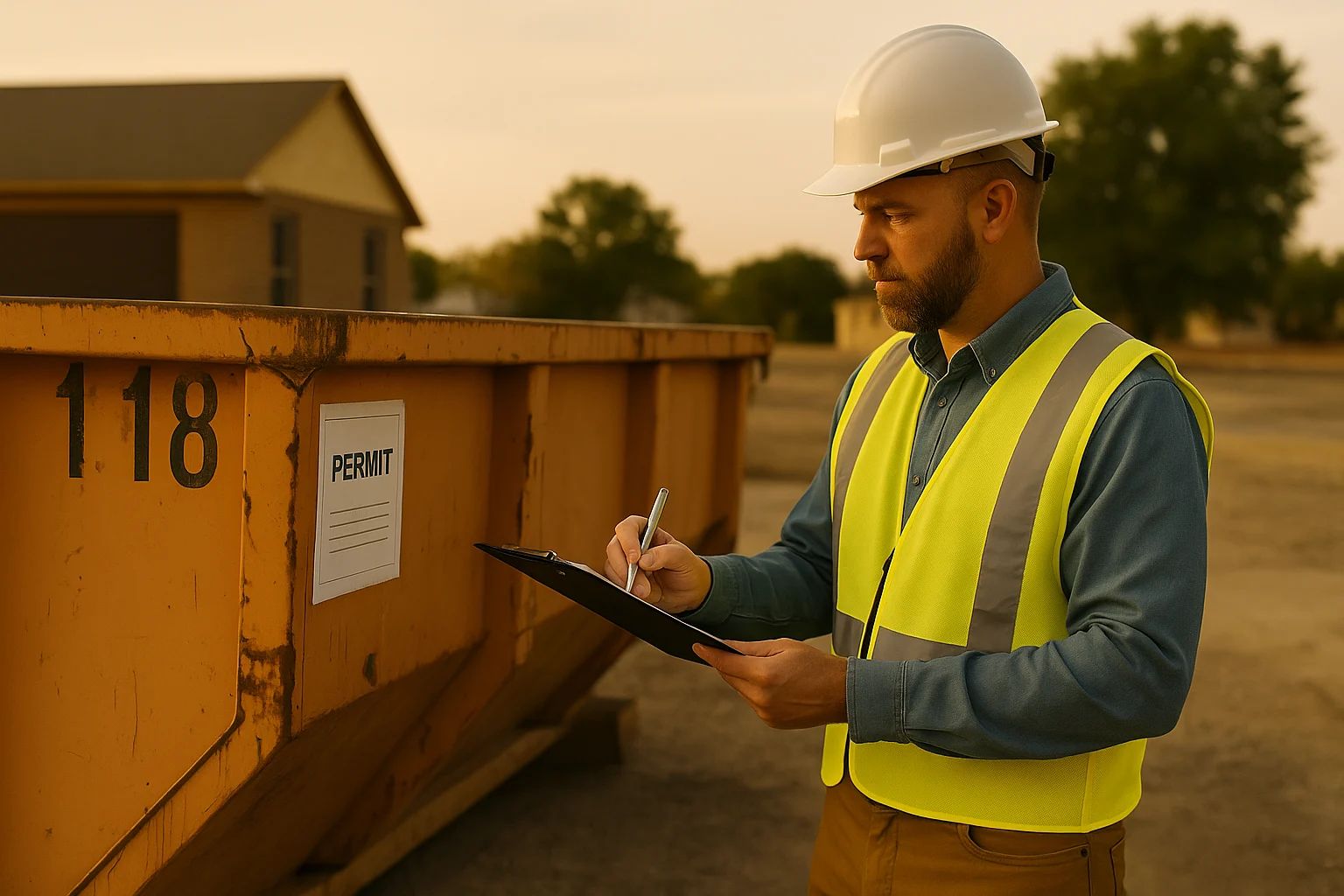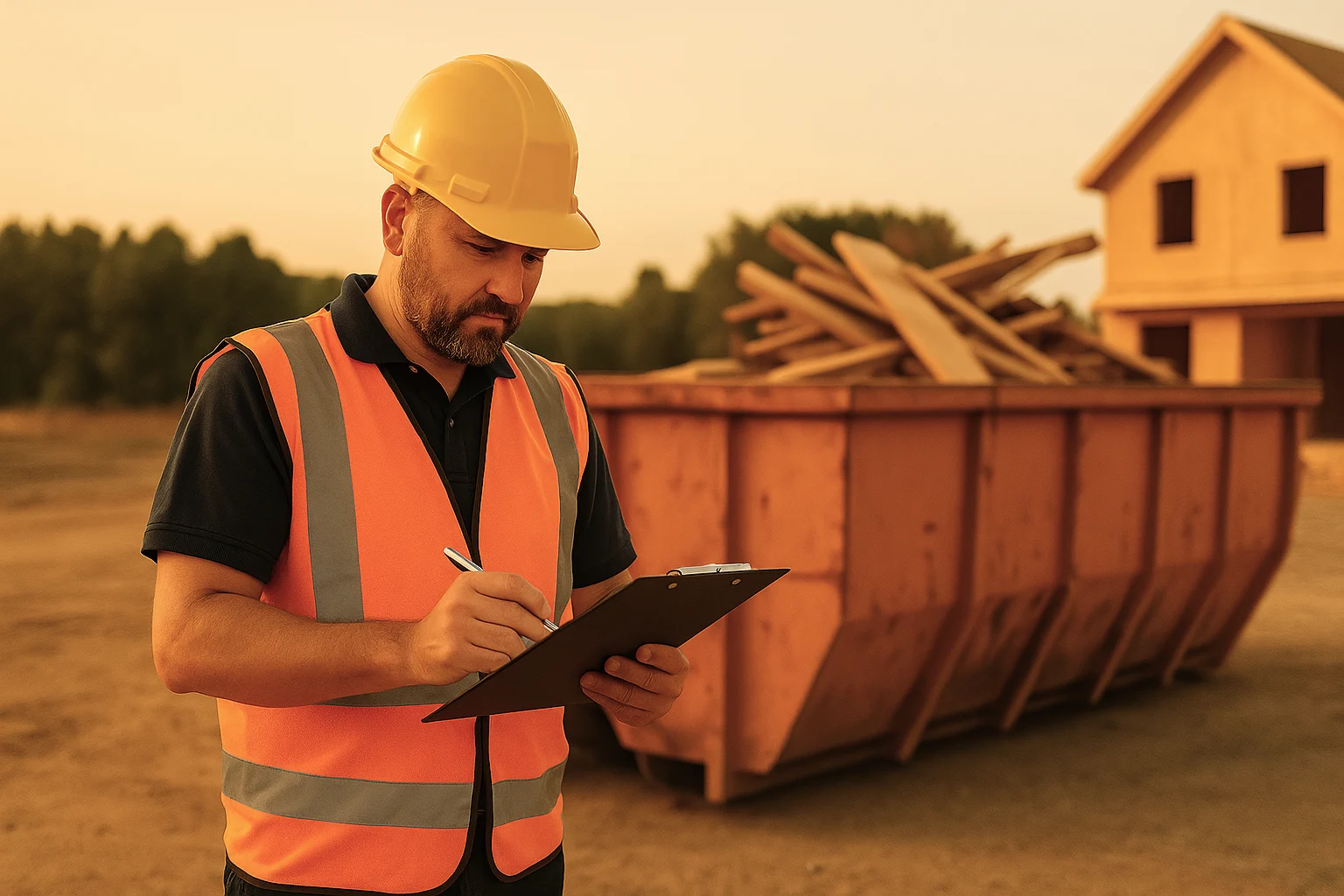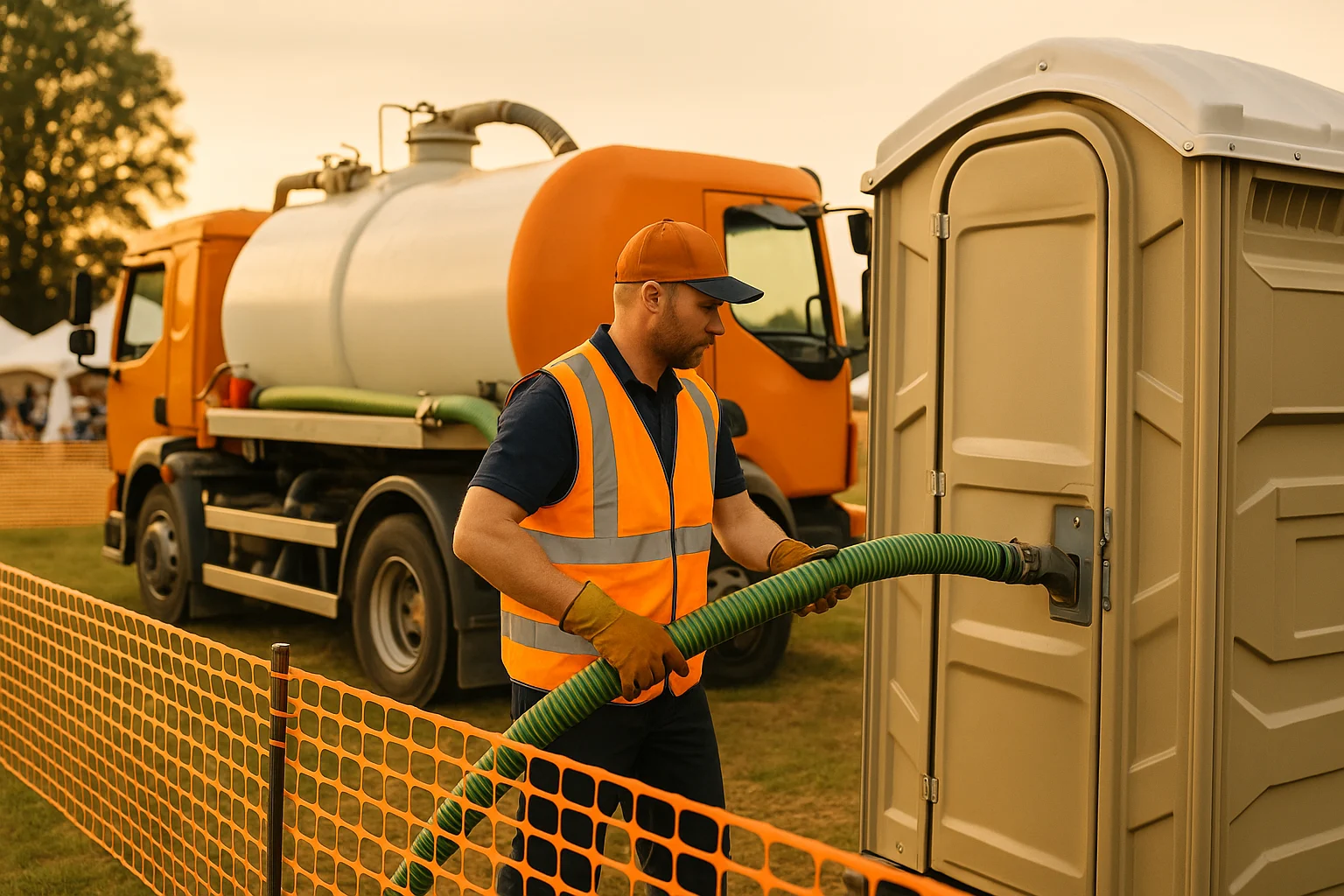Construction sites are bustling environments filled with activity and potential hazards. As buildings rise and projects evolve, the remnants of construction work, such as debris, tools, and waste materials, accumulate and can pose significant safety risks. Ensuring safety during construction cleanup is not just a regulatory requirement but a fundamental aspect of protecting workers and maintaining a productive job site. In this article, we delve into the importance of safety in construction cleanup services and how it contributes to overall project success.
Safety on a construction site is paramount. It involves identifying potential hazards and implementing strategies to mitigate them. From the initial stages of planning to the final cleanup, safety must be integrated into every phase of the project.
Key Elements of Construction Site Safety
- Jobsite Hazard Prevention: Anticipating potential risks and addressing them before they become problems is crucial. This includes conducting regular site inspections and updating safety protocols as needed.
- Safe Debris Handling: Debris from construction can include hazardous materials like sharp metal or toxic substances. Proper handling and disposal are necessary to prevent injuries.
- Protective Gear for Cleaning Crews: Personal protective equipment (PPE) such as gloves, helmets, and safety glasses are essential for workers involved in cleanup operations. This gear significantly reduces the risk of injury.
The Role of Job Site Cleanup
Job site cleanup is not just about aesthetics; it plays a critical role in maintaining a safe work environment. Regular cleanup helps in reducing clutter, which can lead to accidents. Here’s why it’s vital:
Enhancing Safety Through Organization
- Reduced Trip Hazards: A tidy site minimizes the risk of trips and falls, which are common causes of injuries.
- Clear Work Areas: Keeping pathways and workspaces clear allows for safer movement of personnel and equipment.
Site Accident Reduction
Accidents can lead to project delays and increased costs. By maintaining a clean site, you can significantly reduce the likelihood of accidents. Regular cleanup helps in identifying and removing potential hazards promptly.
OSHA Guidelines for Construction Cleanup
The Occupational Safety and Health Administration (OSHA) provides specific guidelines to ensure safety during construction cleanup. Adhering to these guidelines is not only a legal obligation but also a best practice for maintaining safety.
Key OSHA Construction Cleanup Guidelines
- Regular Safety Training: Workers should be trained on the latest safety protocols and how to handle specific site hazards.
- Proper Waste Disposal: Materials must be disposed of according to local regulations to prevent environmental contamination and health risks.
- Use of Safety Equipment: OSHA mandates the use of appropriate PPE for all workers involved in site cleanup.
Implementing Effective Safety Strategies
To ensure safety in construction cleanup services, implementing effective strategies is essential. These include:
Conducting Regular Safety Audits
Safety audits help in identifying areas of improvement and ensuring compliance with safety standards. They provide valuable insights into the effectiveness of current safety measures and highlight areas that require attention.
Promoting a Safety-First Culture
Creating a culture where safety is prioritized encourages workers to adhere to safety protocols consistently. This involves regular communication, recognition of safe practices, and fostering an environment where workers feel comfortable reporting potential hazards.
Ensuring Proper Training and Supervision
Providing thorough training for all workers involved in cleanup operations is crucial. Supervisors should be well-versed in safety protocols and capable of guiding their teams effectively. Regular refresher courses can help keep safety knowledge up to date.
The Benefits of Prioritizing Safety in Construction Cleanup
Investing in safety during construction cleanup offers numerous benefits, including:
- Reduced Injuries and Accidents: A focus on safety reduces the likelihood of workplace injuries, ensuring workers remain productive and projects stay on schedule.
- Cost Savings: By preventing accidents and minimizing delays, prioritizing safety can result in significant cost savings.
- Enhanced Reputation: Companies known for maintaining safe job sites are more likely to attract clients and skilled workers.
Conclusion
Safety in construction cleanup services is an integral part of the overall safety strategy on a job site. By adhering to OSHA guidelines, implementing effective safety strategies, and fostering a safety-first culture, construction companies can ensure the well-being of their workers and the success of their projects. As the construction industry continues to grow, prioritizing safety will remain a key factor in driving efficiency and productivity.
Incorporating these safety measures not only protects workers but also contributes to the smooth completion of construction projects. Remember, a safe site is a productive site, and investing in safety is investing in success.






